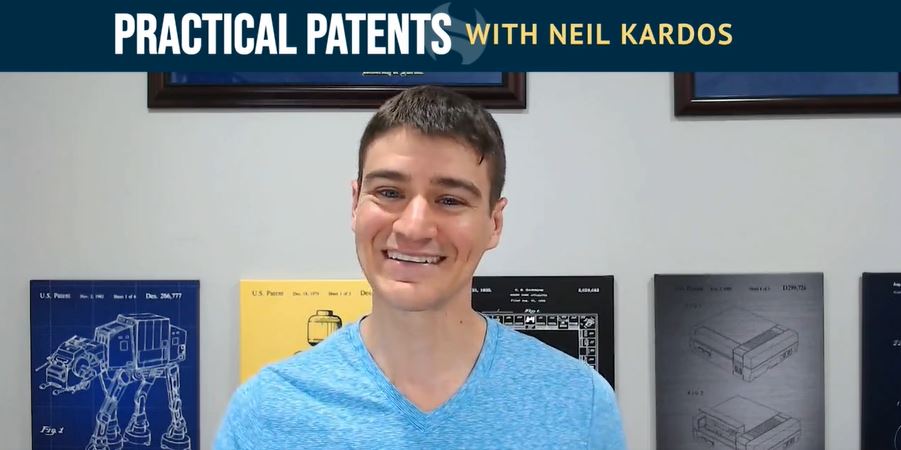Providing Context in Patent Applications: A Strategic Approach to Storytelling and Claiming
Patent professionals understand that the choice of language in patent applications can have far-reaching implications. This week, Neil Kardos explains how one such term fraught with peril is “background.” The concerns around this terminology are twofold:
- Admitted Prior Art: Any information presented in a section labeled as “background” may be considered as admitted prior art, which can negatively influence the patent examination process.
- Obviousness Rejection: Describing the problem solved by the invention under “background” could provide the examiner with a basis to argue that the solution is obvious, thereby facilitating an obviousness rejection.
Alternatives to ‘Background’
So, how can one maneuver around these pitfalls? Neil explains that there are two strategies that can be employed:
Omission or Renaming
The first strategy is to either omit a section explicitly called “background” or to rename it to something like “Introduction” or “Technical Field.” By doing so, you reduce the risk of the examiner interpreting this section as an admission of prior art.
Contextual Placement
The second strategy involves placing the context or “background” information within the “Detailed Description” section. Here, you can set the stage for understanding the technical problem without overtly admitting it as prior art.
Tailoring Context to the Nature of the Invention
Different types of inventions require different levels of contextual detail:
- Technical Standards-Related Inventions: For an invention that closely aligns with technical standards, it’s crucial to clarify any standard-specific terminology. Failure to do so could lead to an examiner or court misconstruing your patent claims.
- Consumer-Friendly Inventions: For inventions that are easier to comprehend, such as extending a phone’s battery life, a shorter, less technical explanation would suffice.
Addressing Section 101 Rejections
For inventions that stand a high chance of facing Section 101 rejections, it’s beneficial to frame the invention as a technical solution to a technical problem. This could make it easier to argue against any 101-based rejections.
In conclusion, Neil explains that choosing the right language and placing it appropriately can make a significant difference in the outcome of a patent application. By considering the nature of your invention and the potential pitfalls surrounding the term “background,” you can craft a more compelling and robust patent application. This strategic approach not only improves the chances of success at the patent office but also sets a strong foundation for any subsequent legal evaluations.
Don’t forget to come back for more tips in the next installment of the Practical Patents Series. Until next time, happy patenting!
Note: This blog post is based on the opinions and observations of the author and should not be considered legal advice. Consult a qualified patent attorney for specific guidance on patent application drafting.
Want more tips? Check out other Practical Patents videos with Neil Kardos here!

